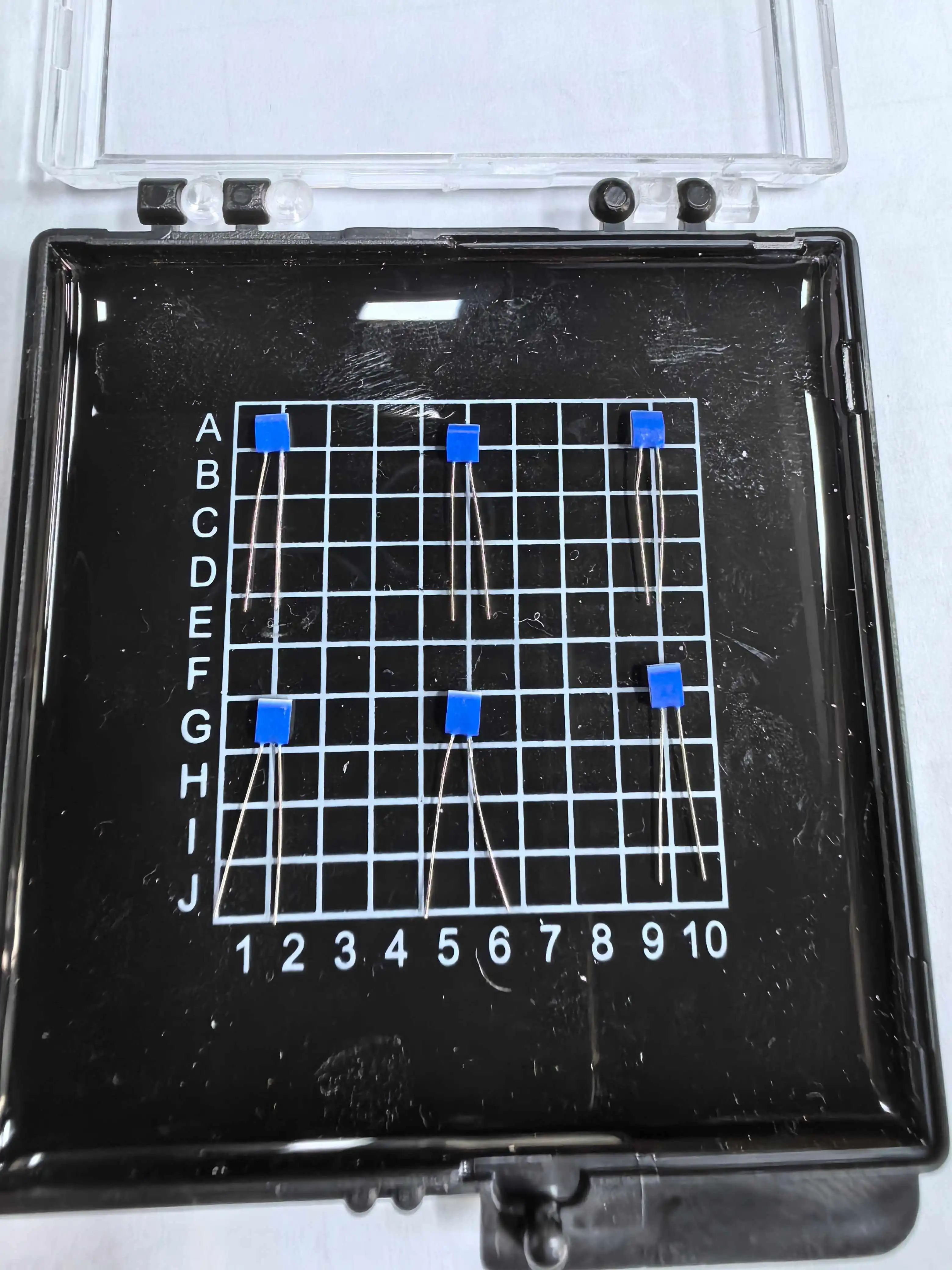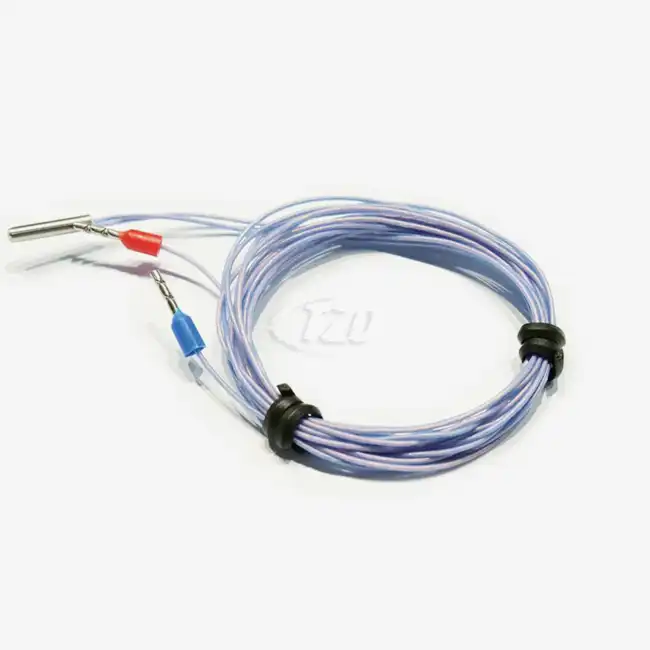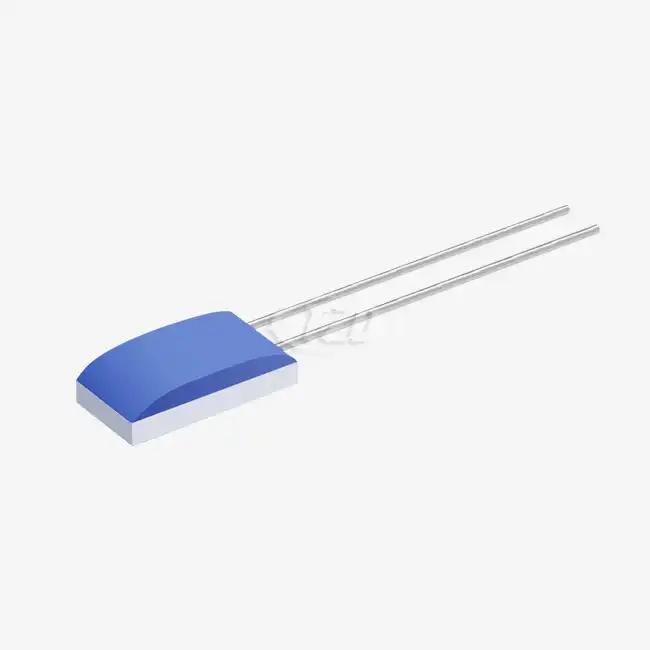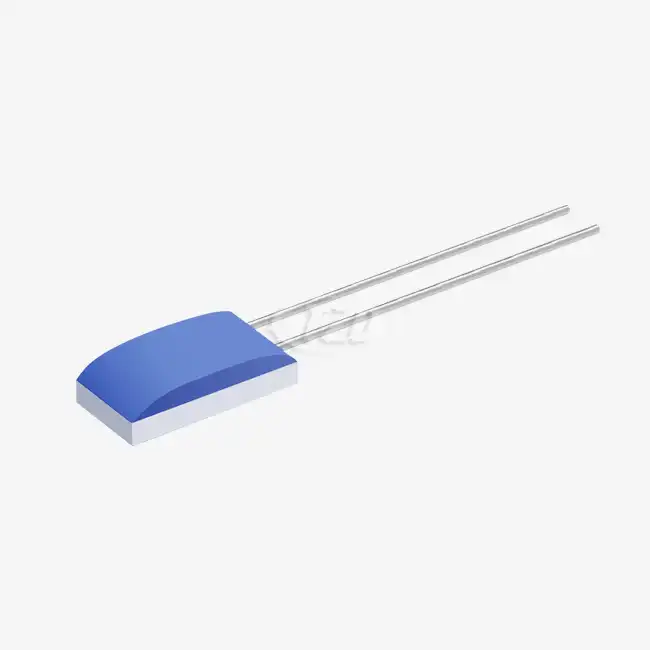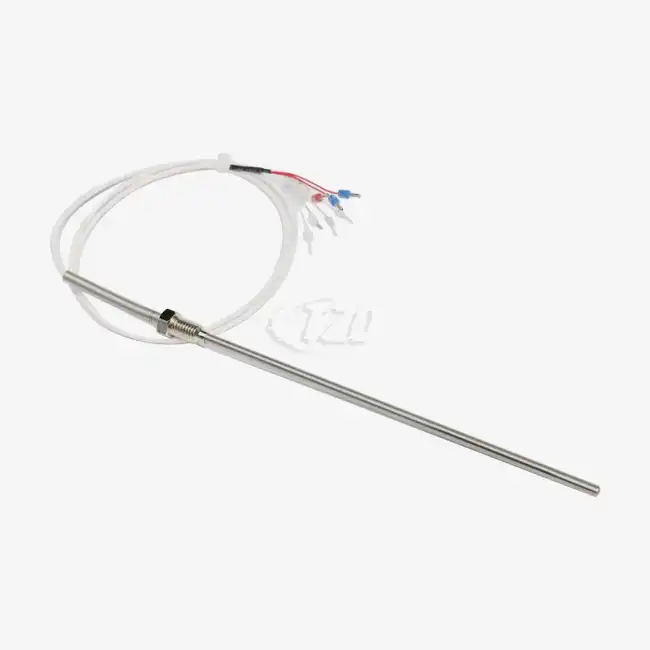The Evolution of Sensing Technology in Automotive Applications
Traditional Sensing Methods vs. Thin Film Technology
The automotive industry has witnessed a significant transformation in sensing technology over the years. Traditional sensing methods, such as wire-wound resistors and thermocouples, have long been used in vehicles for temperature measurement and other applications. However, these conventional sensors often fall short in meeting the demanding requirements of modern automotive systems.
Enter thin film sensors, a revolutionary technology that has redefined precision and reliability in automotive sensing. Pt300 thin film sensors, in particular, have emerged as a game-changer in this field. These sensors utilize a thin layer of platinum deposited on a substrate, offering numerous advantages over their traditional counterparts.
Advantages of Pt300 Thin Film Sensors in Automotive Applications
Pt300 thin film sensors bring a host of benefits to automotive engineering:
- Enhanced Accuracy: With a temperature coefficient of 3850ppm/℃ and an accuracy of ± 0.01 Ω, Pt300 sensors provide highly precise measurements crucial for optimal vehicle performance.
- Wide Temperature Range: These sensors can operate effectively from -200℃ to +850℃, making them suitable for various automotive applications, from engine monitoring to exhaust systems.
- Rapid Response: With a response time of up to 0.05 seconds, Pt300 sensors enable real-time monitoring and swift adjustments in automotive systems.
- Durability: Boasting vibration resistance of 40g and impact resistance of 100g, these sensors can withstand the harsh conditions typical in automotive environments.
- Long-term Stability: With a drift of ≤ 0.04%, Pt300 sensors ensure consistent performance over extended periods, reducing the need for frequent calibration or replacement.
Critical Applications of Thin Film Sensors in Modern Vehicles
Engine Management and Performance Optimization
In the heart of every vehicle, the engine relies heavily on accurate temperature measurements for optimal performance. Pt300 thin film sensors play a pivotal role in engine management systems, monitoring crucial parameters such as:
- Coolant Temperature: Precise monitoring ensures the engine operates within its ideal temperature range, preventing overheating and optimizing fuel efficiency.
- Oil Temperature: Accurate oil temperature readings help maintain proper lubrication and extend engine life.
- Intake Air Temperature: This data is essential for adjusting fuel injection and ignition timing, enhancing engine performance and reducing emissions.
The exceptional accuracy and rapid response of Pt300 sensors enable real-time adjustments to these critical engine parameters, resulting in improved fuel economy, reduced emissions, and enhanced overall performance.
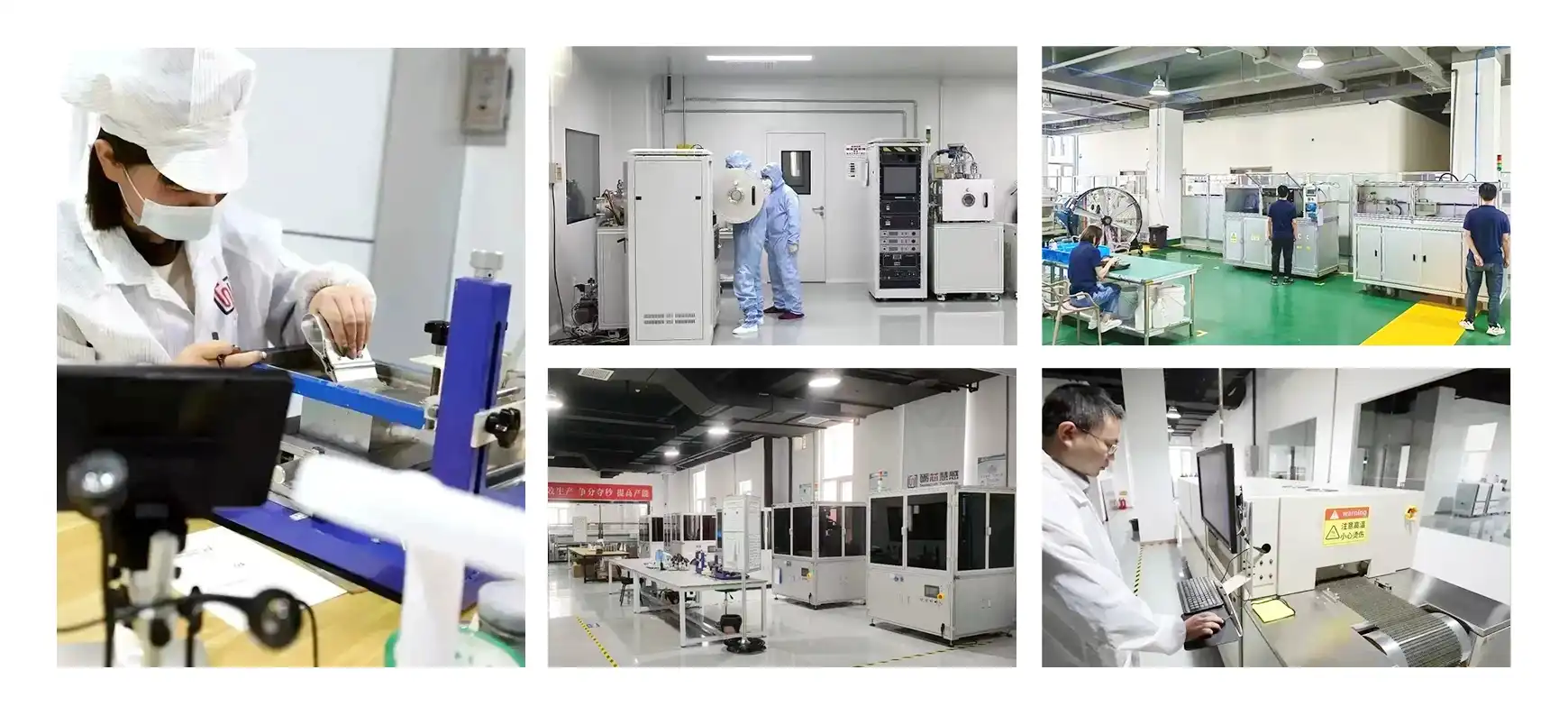
Emissions Control and Environmental Compliance
As environmental regulations become increasingly stringent, automotive manufacturers are under pressure to minimize vehicle emissions. Thin film sensors, particularly Pt300 sensors, are instrumental in achieving this goal. These sensors are deployed in various emission control systems:
- Catalytic Converter Monitoring: Pt300 sensors measure the temperature before and after the catalytic converter, ensuring it operates at peak efficiency for optimal pollutant reduction.
- Exhaust Gas Recirculation (EGR) Systems: Accurate temperature measurements help optimize EGR operation, reducing nitrogen oxide emissions.
- Diesel Particulate Filters (DPF): Thin film sensors monitor DPF temperatures, triggering regeneration cycles at the right moment to maintain filter efficiency.
The wide temperature range and high accuracy of Pt300 sensors make them ideal for these applications, enabling vehicles to meet and exceed emission standards while maintaining performance.
Advanced Driver Assistance Systems (ADAS) and Safety Features
The advent of ADAS has revolutionized vehicle safety, and thin film sensors play a crucial role in these sophisticated systems. Pt300 sensors contribute to various safety features:
- Tire Pressure Monitoring Systems (TPMS): Accurate temperature compensation in TPMS improves the precision of pressure readings, enhancing road safety.
- Battery Management in Electric Vehicles: Thin film sensors monitor battery temperature, crucial for optimizing charging cycles and preventing thermal runaway.
- Brake System Monitoring: Pt300 sensors in brake fluid reservoirs help detect potential issues before they become critical safety concerns.
The reliability and rapid response of these sensors ensure that safety systems can react swiftly to changing conditions, potentially saving lives in critical situations.
Future Trends and Innovations in Automotive Sensing Technology
Integration of Thin Film Sensors with IoT and AI
As vehicles become increasingly connected, the integration of thin film sensors with Internet of Things (IoT) technology is opening new frontiers in automotive engineering. Pt300 sensors, with their high accuracy and reliability, are well-suited for this integration. This combination enables:
- Predictive Maintenance: By continuously monitoring vehicle parameters, AI algorithms can predict potential issues before they occur, reducing downtime and maintenance costs.
- Enhanced Vehicle Diagnostics: Real-time data from thin film sensors can be transmitted to manufacturers, allowing for remote diagnostics and over-the-air updates.
- Personalized Driving Experience: AI can analyze sensor data to adjust vehicle settings according to individual driver preferences and habits.
Advancements in Sensor Miniaturization and Multi-Functional Sensors
The trend towards sensor miniaturization continues to push the boundaries of what's possible in automotive engineering. Pt300 thin film sensors are at the forefront of this trend, with sizes ranging from 1.2mm to 4.0mm. This miniaturization allows for:
- Increased Sensor Density: More sensors can be packed into smaller spaces, enabling more comprehensive monitoring of vehicle systems.
- Reduced Weight and Power Consumption: Smaller sensors contribute to overall vehicle weight reduction and improved fuel efficiency.
- Integration of Multiple Sensing Functions: Advanced thin film technology is paving the way for multi-functional sensors that can measure multiple parameters simultaneously.
These advancements are crucial for the development of next-generation vehicles, including autonomous cars, where comprehensive and reliable sensing is paramount.
Sustainability and Environmental Considerations
As the automotive industry moves towards more sustainable practices, the role of thin film sensors in promoting environmental responsibility is becoming increasingly significant:
- Improved Fuel Efficiency: The precision of Pt300 sensors enables more efficient engine operation, reducing fuel consumption and emissions.
- Support for Alternative Fuels: Thin film sensors are crucial in systems designed for alternative fuels like hydrogen and biofuels, supporting the transition to cleaner energy sources.
- Recyclability: The minimal use of materials in thin film sensors aligns with sustainability goals, potentially making them easier to recycle at the end of a vehicle's life cycle.

Conclusion
Thin film sensors, especially Pt300 thin film sensors, have become indispensable in modern automotive engineering. Their exceptional accuracy, wide temperature range, rapid response, and durability make them critical components in various vehicle systems. From engine management and emissions control to advanced safety features and future innovations, these sensors are driving the automotive industry towards greater efficiency, safety, and sustainability.
As vehicles continue to evolve, becoming more connected, autonomous, and environmentally friendly, the role of thin film sensors will only grow in importance. Their integration with IoT and AI technologies, ongoing miniaturization, and contribution to sustainability efforts position them at the forefront of automotive innovation.
For more information about our advanced Pt300 thin film sensors and how they can enhance your automotive engineering projects, please contact us at sales11@xatzd.com. Our team of experts is ready to help you leverage the power of cutting-edge sensing technology in your automotive applications.
